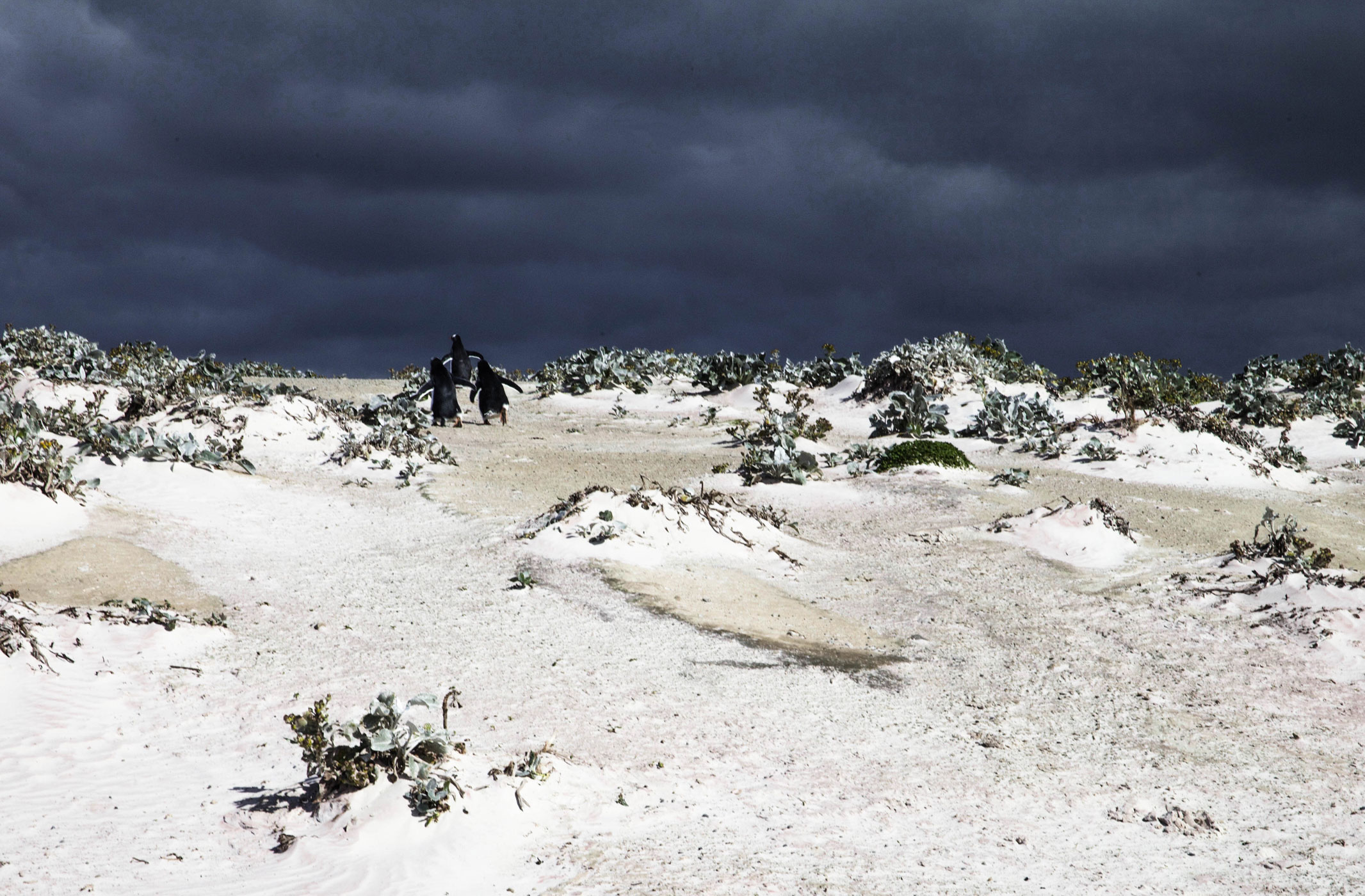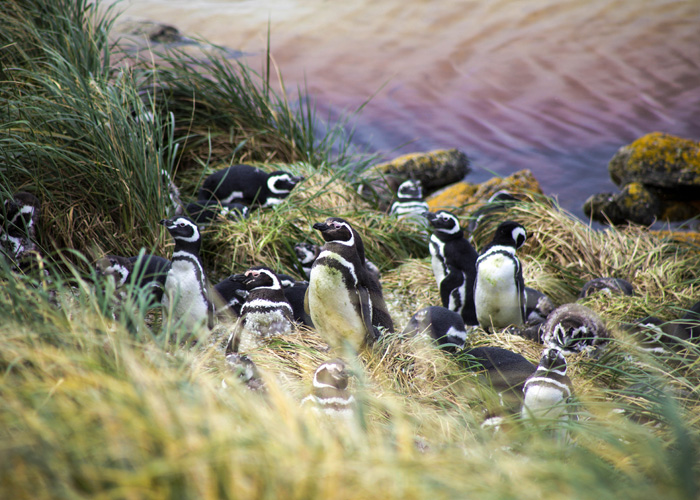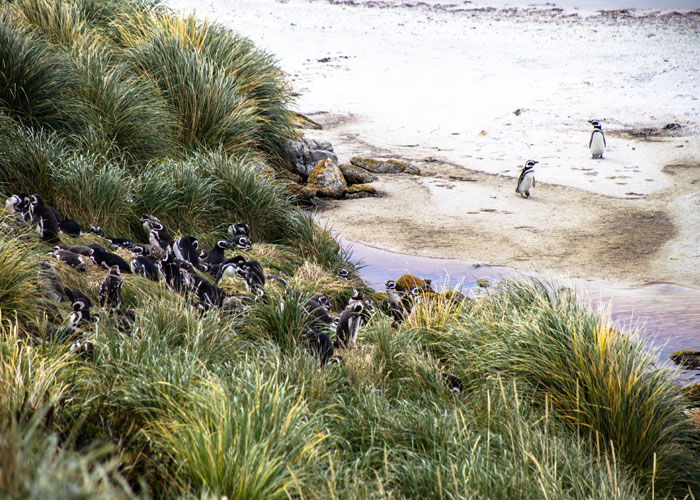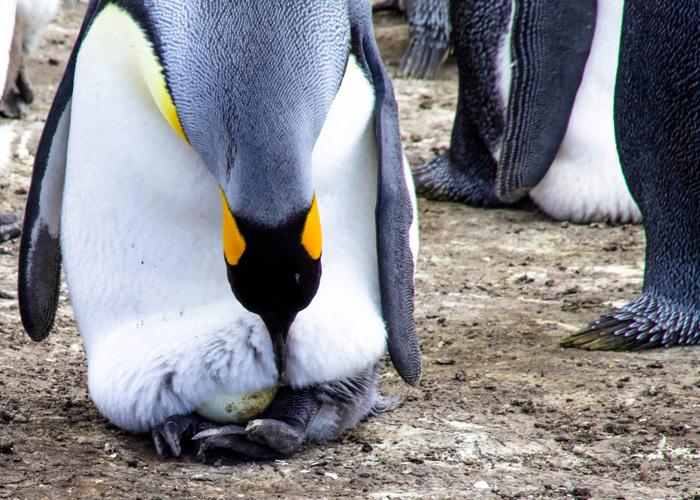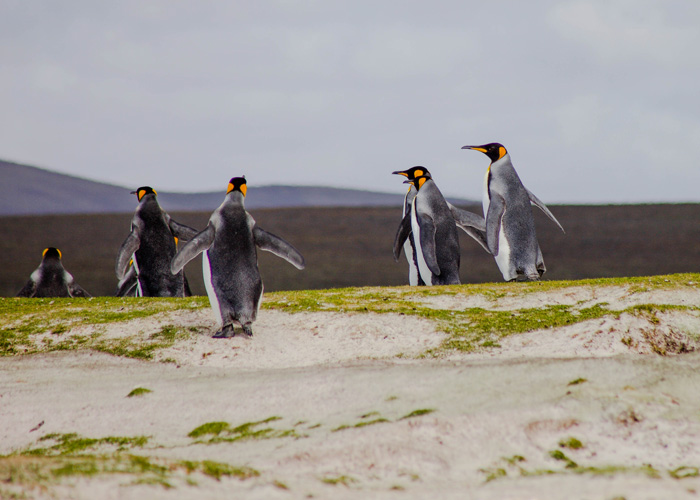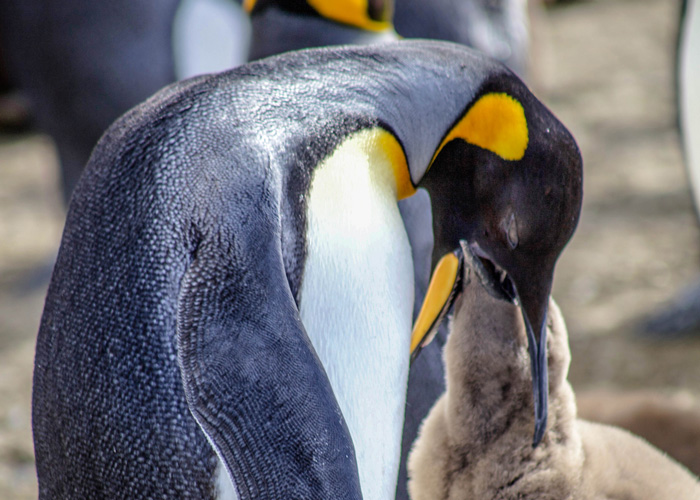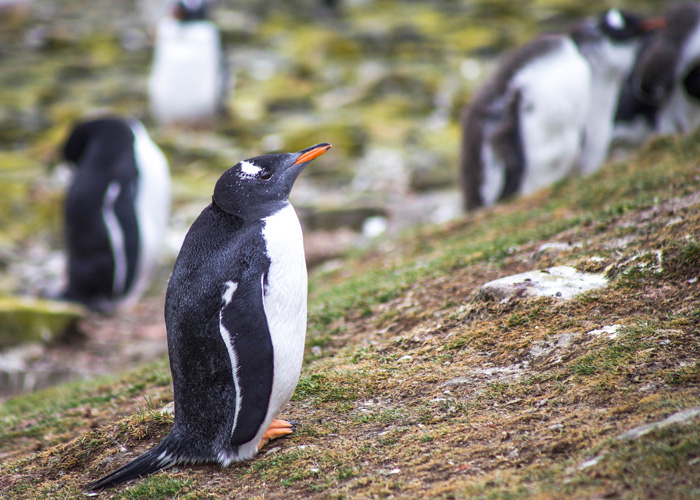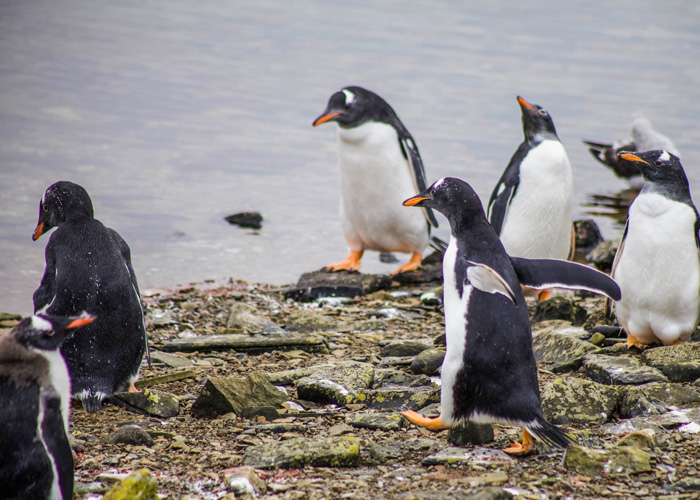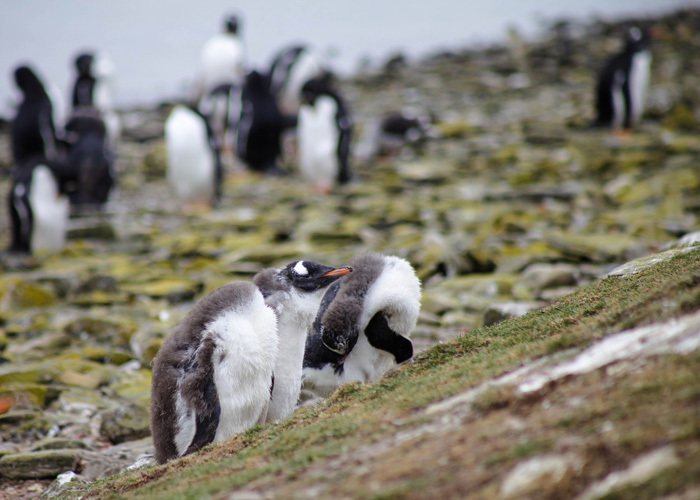When the publisher of the well-known "Lonely Planet" travel guide stayed on one of the islands a few years ago, he recalled his impressions as the most touching and beautiful he had ever experienced.
For an expert who calls the world his home, that is quite something to say.
It is only on these small islands that fauna and flora have been able to survive the way they have been since prehistoric times. For example, you can find the unique Tussock grass no where else but here. It grows in high bushes, essential for the protection of ground-breeding animals.
However, it is not the biodiversity which characterizes this habitat, but the sheer mass of colonies. Proportionally there are more animal populations here than anywhere else in the world.
Transportation to these locations are carried out by FIGAS (Falkland Islands Government Air Service) propeller planes.
In the middle of the 19th century almost all seals, sea lions, sea leopards and elephant seals on the Falkland Islands were extinct.
This did not stop before the 1880s when there weren't enough animals left to "process“. It was then that man started to think – like we do today when considering what capability of destruction resides in us.
Not all stocks have recovered since then, but large colonies have returned. Plus: The Government of the Falkland Islands takes the protection of wildlife very seriously and is more than aware of their mission.
Krill is the most important component in the food chain of all marine life in the South Atlantic. Without krill, the ecosystem would collapse. Believe it or not: Slipping in a puddle of disgorged or defecated krill on a penguin colony is a good sign. It means that the small crustacean have reached their right target. And that is not commercial fishing. There is a global wrangling over krill stocks in the South Atlantic. Many nations use it – as a soup flavour enhancer, animal food or sausage ingredient. This does not require any further comment.
Over the past few decades CCALMR, the Commission for the Conservation of Antarctic Living Marine Resources, has been the authority to monitor krill stocks and maintain quota.
But geopolitical influences are shifting and formerly highly committed nations such as the USA or Australia are cutting their budgets. Other powers such as Russia or China appear on stage. In April 2020, a record-breaking project was announced in Shanghai: the construction of the world's largest krill cutter vessel.
